22+ Employee Handbook Examples to Download
In the dynamic realm of modern workplaces, establishing clear communication and setting well-defined expectations are crucial to foster a productive and harmonious work environment. An indispensable tool in achieving this is an employee handbook. This comprehensive guide provides insights into what an employee handbook entails, how to draft one step-by-step, and answers to common queries.
Employee Handbook Template

Employee Handbook Table Of Contents Template
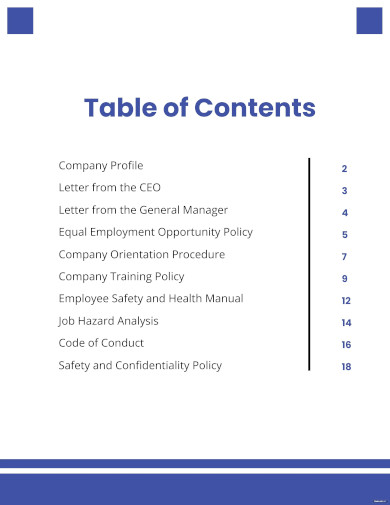
Retail Employee Handbook Template

Bakery Employee Handbook Template

Simple Employee Handbook Template
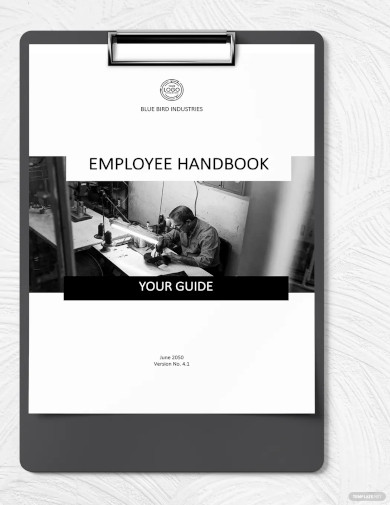
Sample Employee Handbook for Web

501commons.org
Simple Employee Handbook
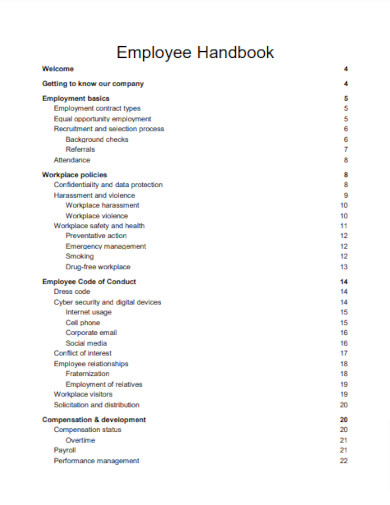
resources.workable.com
Small Business Administration Employee Handbook
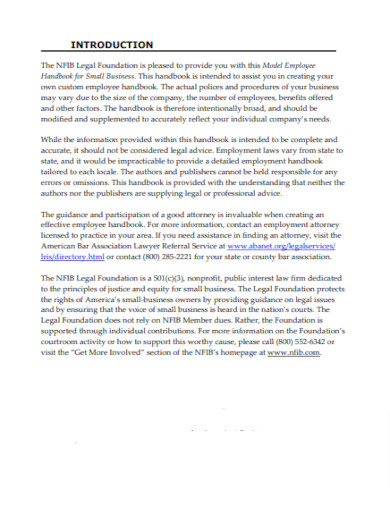
s3.eu-west-2.amazonaws.com
Basic Employee Handbook
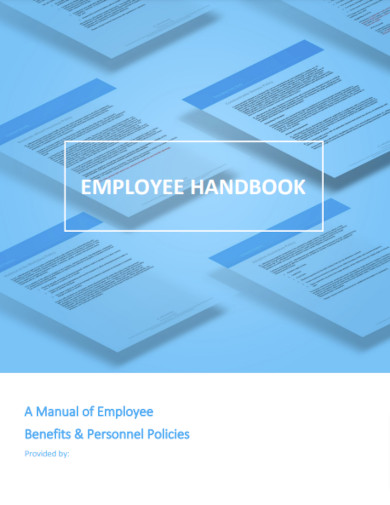
assets.website-files.com
Sample Employee handbook
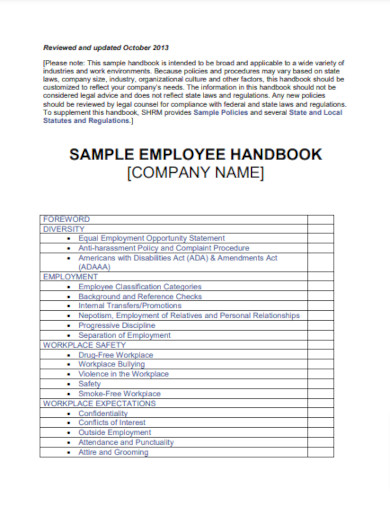
labordish.com
Example Employee Handbook
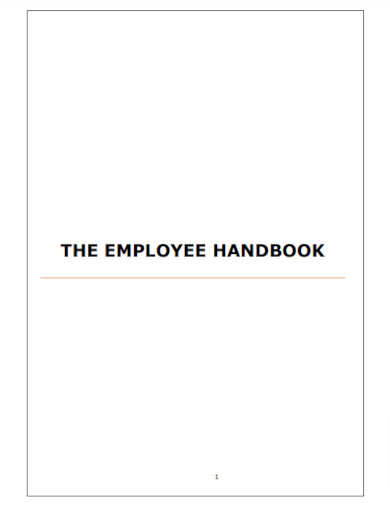
adinotelecom.com
Draft Employee Handbook
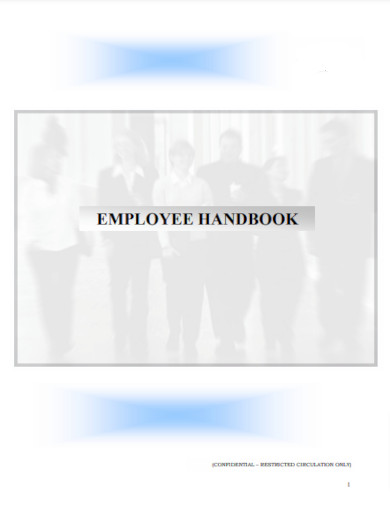
home.synise.com
Editable Employee Handbook
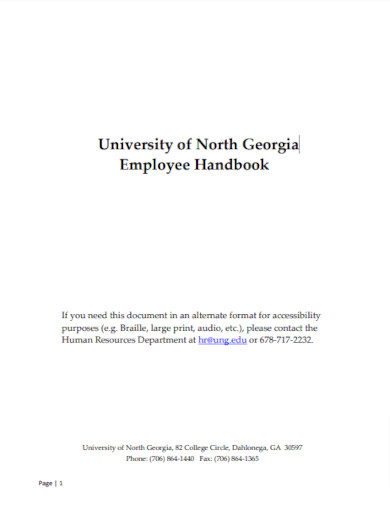
ung.edu
Model Employee Handbook
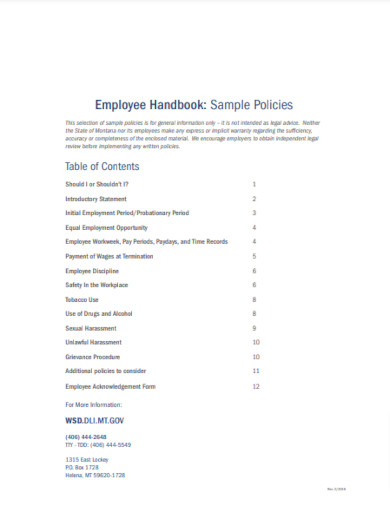
wsd.dli.mt.gov
Sample Employee Handbook Table of Contents Checklist
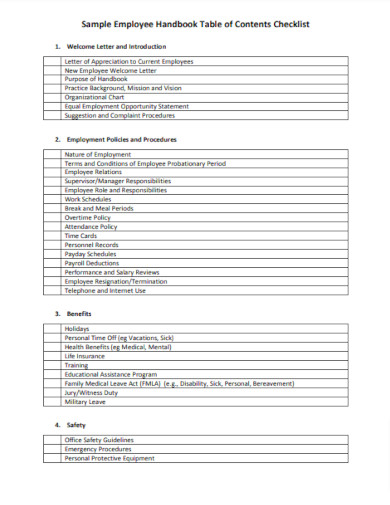
downloads.aap.org
Company Employee Handbook
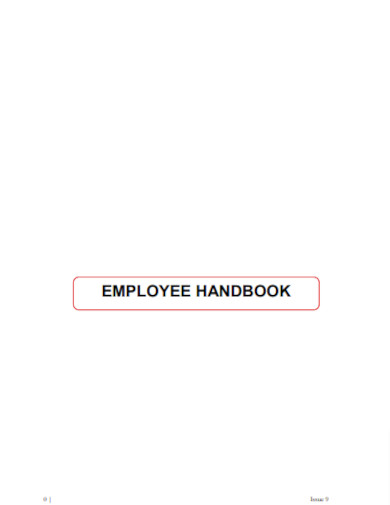
hertford.ox.ac.uk
Printable Handbook
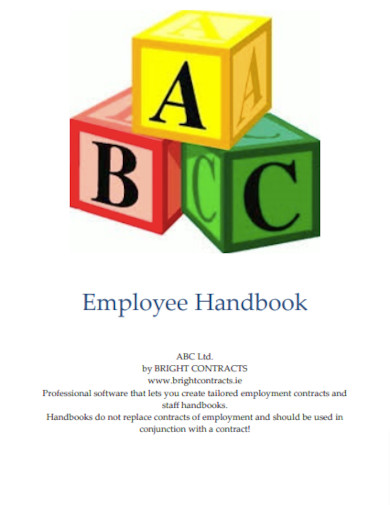
brightcontracts.ie
Standard Employee Handbook
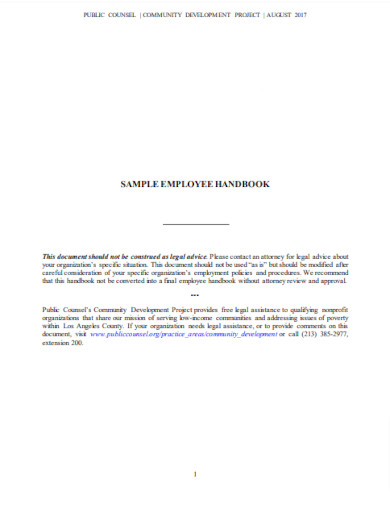
publiccounsel.org
Modern Employee Handbook
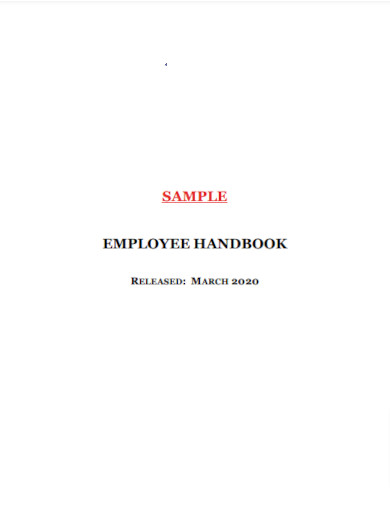
lwm-info.org
Creative Employee Handbook
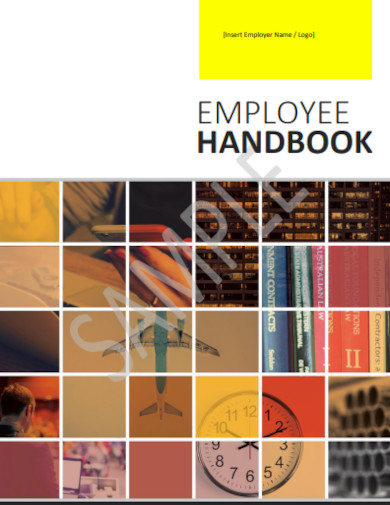
mdclegal.com.au
Employee Handbook Template

sunriseco.com
No Coast Soap Employee Handbook
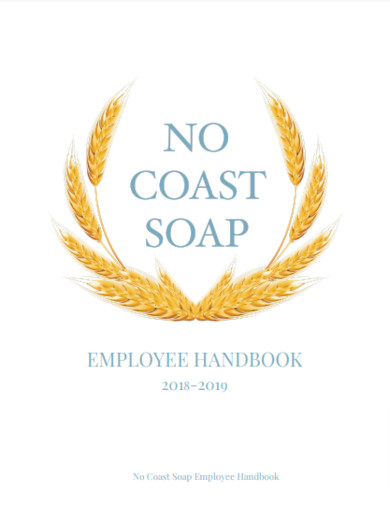
veinternational.org
Customizable Employee Handbook Template
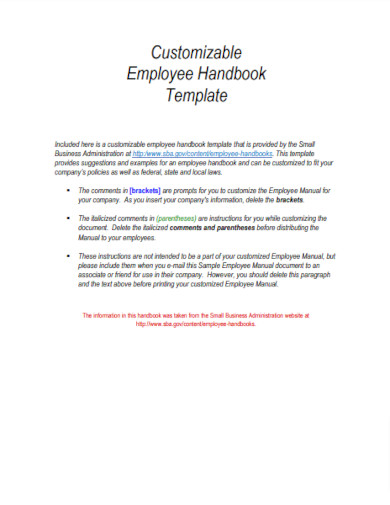
newempireis.com
What is an Employee Handbook?
An employee handbook is a book that serves as a vital reference document that outlines an organization’s policies, procedures, and expectations for its employees. This document offers essential information about the company’s mission, values, guidelines, and practices. It plays a crucial role in orienting new hires, helping them acclimate to the company culture, and offering a consistent framework for all employees to follow.
How to Write an Employee Handbook
Before diving into the step-by-step guide, let’s explore the key elements and characteristics that make an effective employee handbook. Your handbook should align with your company’s objectives, reflecting its mission, values, and goals. Additionally, each job description and department’s strengths should find representation, ensuring inclusivity and relevance. Observations and correlations among various practices can help streamline the content.
Step 1: Define Your Objectives and Scope
Begin by clearly defining the purpose of your employee handbook. Identify the career goals you aim to achieve through this document. Will it primarily serve as an onboarding tool for new hires? Will it communicate HR policies and procedures? Establishing the objectives and scope helps guide the content creation process.
Step 2: Gather and Review Existing Materials
Collect all relevant materials, such as existing company policies, procedures, and documents. Review these materials to ensure accuracy and consistency. This step is crucial to ensure that the employee handbook reflects the most up-to-date information and aligns with the organization’s practices.
Step 3: Identify Key Policies and Procedures
Determine the key policies and procedures that need to be included in the handbook. These could range from code of conduct and anti-discrimination policies to attendance and leave procedures. Each policy should be written clearly, outlining expectations and consequences.
Step 4: Writing and Formatting
Once you have identified the content to be included, start writing the handbook. Use clear and concise language that is easily understood by all employees. Format the document in a reader-friendly manner, using headings, bullet points, and tables where applicable. Incorporate your company’s branding to create a cohesive look.
FAQs
What if my organization’s policies change after the handbook is distributed?
It’s essential to regularly review and update your employee handbook to reflect any policy changes. Clearly communicate any revisions to all employees and ensure easy access to the updated version.
Can I include a section about employee goals and career development?
Absolutely! Including a section about employee goals and career development can demonstrate your organization’s commitment to growth and support for its employees’ professional journeys.
How should I distribute the employee handbook?
You can distribute the handbook physically or electronically, such as through email. Ensure that all employees receive a copy and have easy access to it whenever needed.
Creating an effective employee handbook is an investment that pays dividends in terms of organizational clarity, employee satisfaction, and a well-functioning workplace. By following the step-by-step guide outlined above, you can craft a comprehensive handbook that effectively communicates your company’s values, policies, and expectations. Remember, your employee handbook is a living document that should evolve with your organization, promoting cohesion and understanding among all team members.

